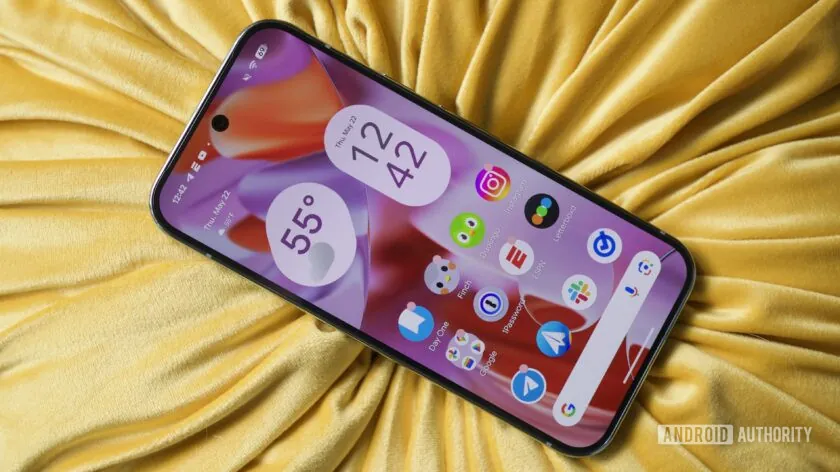Google is introducing a new security feature called Advanced Protection Mode in Android 16, currently available in the Android 16 QPR1 Beta 1. This feature offers a comprehensive, one-click solution to enhance device security by enabling multiple protective measures simultaneously.
Key Features of Advanced Protection Mode
- Device Safety: Blocks USB data transfers when the device is locked, preventing unauthorized data access in case of theft or loss.
- App Restrictions: Disables sideloading of apps, reducing the risk of installing potentially harmful applications.
- Network Security: Prevents connections to insecure networks, such as 2G and WEP, and stops automatic reconnection to known insecure networks.
- Web Protection: Forces Chrome to use HTTPS connections and blocks JavaScript execution on untrusted websites, safeguarding against malicious web content.
- Communication Safeguards: Enhances spam and scam detection in Google’s Phone and Messages apps, providing additional protection against fraudulent communications.
Activation and Management
To enable Advanced Protection Mode, navigate to Settings > Personal & Device Safety > Advanced Protection and toggle the feature on. Once activated, individual settings within this mode cannot be adjusted, ensuring a consistent and robust security posture.
Developer Integration
Android 16 introduces an API that allows third-party apps to detect if Advanced Protection Mode is active. This enables developers to implement additional security measures within their apps when this mode is enabled.
Advanced Protection Mode is designed for users who prioritize security, offering a streamlined approach to safeguarding personal data and device integrity.
For more details, read the full article on Android Authority: Google starts letting Android 16 testers try Advanced Protection mode for maximum phone security
📢 Disclaimer
This article is based on information from trusted tech news sources. Techwhatif.com summarizes and adapts these insights to make tech news more accessible to our readers. Full credit goes to the original authors and publications. If you're the content owner and have any concerns, please contact us directly for resolution.




